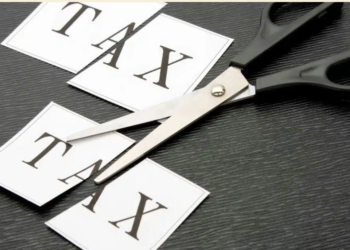Retirement planning is a crucial aspect of financial security, ensuring that individuals can maintain their lifestyle and meet their financial needs after leaving the workforce. One of the key components of effective retirement planning is understanding how investments grow and change in value over time. This involves not just looking at nominal returns but also comprehending fair value gains and losses. These concepts are vital in assessing the real performance of investments within a retirement portfolio.
Fair value is a financial term that refers to the estimated worth of an asset, based on current market conditions. Unlike historical cost, which reflects the original purchase price of an asset, fair value provides a more accurate reflection of an asset’s current value. This is particularly important in retirement planning, where investments need to be evaluated regularly to ensure they align with an individual’s long-term financial goals.
Fair value gains occur when the current market value of an investment exceeds its original purchase price or its value at the last valuation. Conversely, fair value losses arise when the market value is less than the original purchase price or the last valuation. For example, consider an individual who purchased shares of a company at kshs. 50 per share. If the market price rises to kshs. 70 per share, the investment has a fair value gain of kshs. 20 per share. If the price drops to kshs. 40 per share, it results in a fair value loss of kshs. 10 per share.
Understanding fair value gains and losses is essential for several reasons. Knowing the fair value of investments provides a true picture of the current worth of a retirement portfolio. This helps in making informed decisions about asset allocation and rebalancing. Fair value accounting allows for a more accurate assessment of how well investments are performing, highlighting the real gains or losses beyond just the cash flows or dividends received. Recognizing fair value changes helps in identifying and managing risks. By understanding how different assets fluctuate in value, retirees can adjust their portfolios to mitigate potential losses. For those managing pension funds or retirement plans, fair value reporting is often required by accounting standards and regulations, ensuring transparency and accountability in financial reporting.
While fair value provides a more accurate reflection of an asset’s worth, it is not without challenges. Frequent changes in market conditions can cause significant fluctuations in fair value, making it challenging to maintain a stable portfolio. Some assets, especially illiquid ones, may not have readily available market prices. Estimating their fair value can be subjective and prone to inaccuracies. Calculating fair value can be complex, requiring sophisticated financial models and a deep understanding of market dynamics.
It is important to remember that fair value gains and losses should not be a cause for alarm or overexcitement. Market values fluctuate, and these changes are a normal part of investing. Short-term gains or losses in fair value do not necessarily reflect the long-term potential of an investment. Keeping a long-term perspective can help weather short-term fluctuations in fair value. Focusing on long-term goals and performance can prevent panic-driven decisions during market downturns.

















